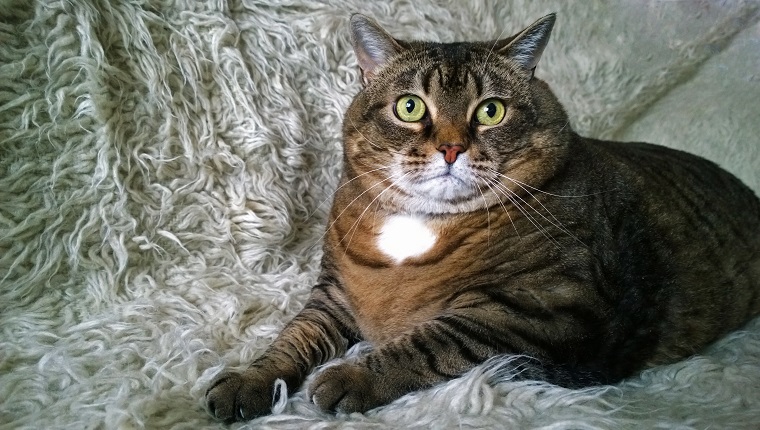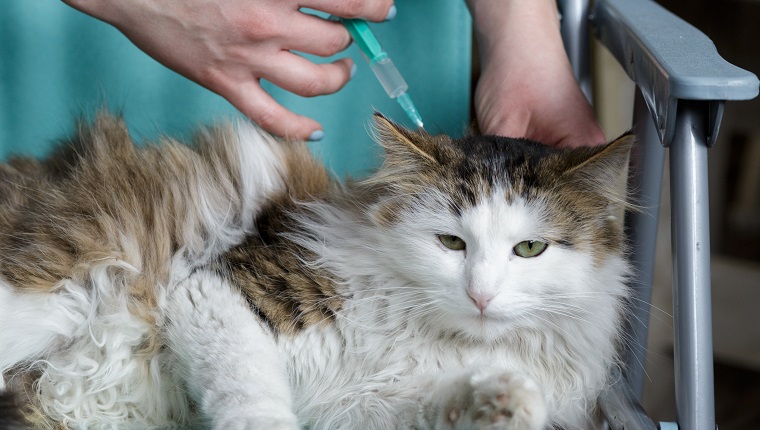Diabetes mellitus happens when cats cannot produce enough insulin in order to balance out their blood sugar and glucose levels. A cat suffering from this problem may develop a host of issues, including loss of appetite, weight loss, vomiting, or even coma.
If you see the signs of diabetes mellitus in your cat, then you must get to a veterinarian for a proper diagnosis and treatment.
Here’s what you should know about the symptoms, causes, and treatments for diabetes mellitus in cats.
Symptoms Of Diabetes Mellitus In Cats
Diabetes mellitus in cats usually presents itself in two main ways: Drinking much more water than usual and urinating more frequently than normal.
Along with these symptoms, a cat might also experience the following:
- Becoming more withdrawn
- Losing weight
- Losing their appetite
- Showing an increased appetite
Causes Of Diabetes Mellitus In Cats

The causes of diabetes mellitus in cats are often attributed to living a more domesticated lifestyle.
Eating high carbohydrate diets, which can bring on feline obesity, is a key cause of diabetes in cats. Additionally, the comparatively sedentary daily lives of many domesticated cats can also contribute to this health issue.
In some cases, cats who have been on a course of corticosteroid medicine can be more likely to suffer from diabetes.
Treatments For Diabetes Mellitus In Cats
If your veterinarian suspects that your cat is suffering from diabetes mellitus, they’ll order a test to monitor the amount of glucose in your cat’s blood and urine. Usually, they order more than one test because stress can also affect glucose levels, and many cats experience stress while at the vet.
Once they make a confirmed diagnosis, your vet will monitor your cat’s diet and advise you on how to make it healthier. This often involves switching to a high protein cat food.
Beyond diet, vets will often provide cats who have diabetes mellitus with insulin shots to help manage their daily lifestyle and well-being. Along with insulin shots, cats will need their blood glucose monitoring closely.
Pet parents will need to continue providing insulin injections to their cats at home. This process can seem daunting, but it’s fairly simple. Most pet parents find it easy after the first few times — even simpler than daily grooming in many cases.
There is usually no cure for the condition, but with strict monitoring, a good diet, and exercise, diabetes can go into remission. Cats can live full lives with the condition, so long as their humans help them stay healthy.
Have you ever cared for a cat suffering from diabetes mellitus? What advice did your vet give you? Let us know in the comments section below.









